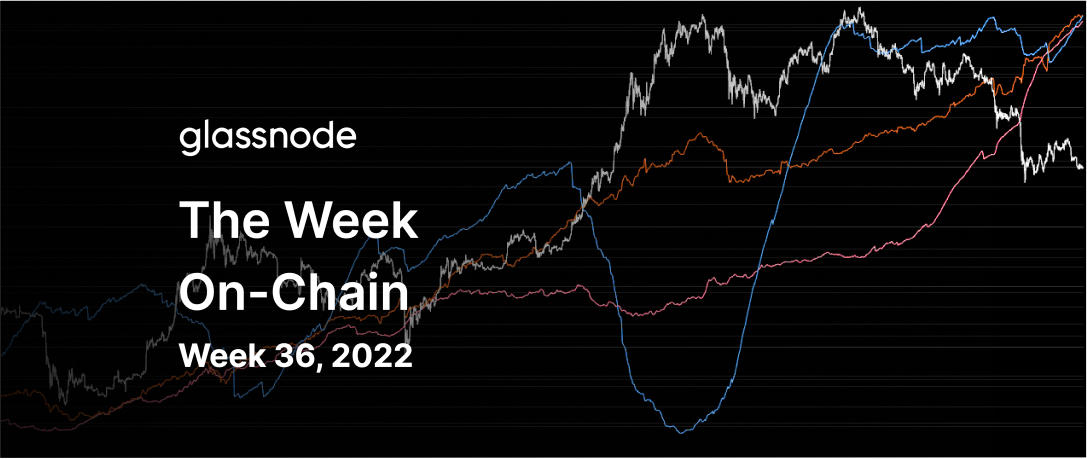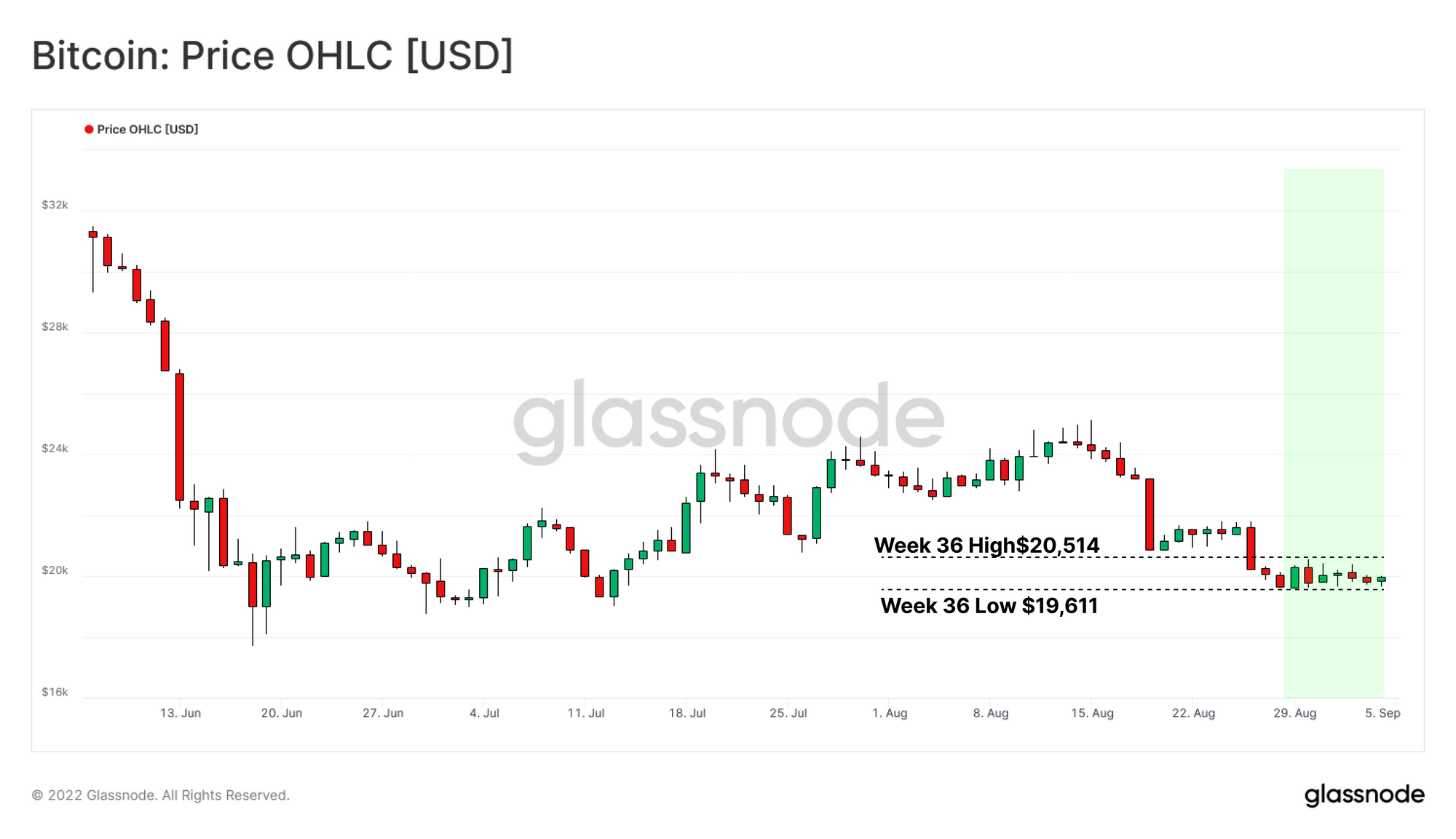A Trial by Fire
Amidst a persistent contraction in global liquidity, Bitcoin Short-Term Holders find themselves under immense pressure, with Bitcoin markets struggling to hold the psychological $20k support level.

Liquidity across all asset markets continue to fade this week, as persistent dollar strength pushes the DXY Index to a new 20-year high of 110.27. The Eurozone finds itself under increasing stress, with the balance of trade in deficit, concerns over energy shortages, and the Euro falling deeper below USD parity.
With weakness in almost all other currency pairs, the pressure remains on equities, bonds and Bitcoin markets alike. For Bitcoin specifically, the underlying market very much resembles the macro scene, with a volatile and uncertain short-term, whilst the longer-term outlook is more consistent, and characterized by well developed trends.
In this edition, we shall explore this dichotomy from the lens of market spending behaviors, inspecting regions of local distribution, within a macro scale accumulation regime. We shall supplement this assessment with more granular deep dives into various cohorts, including HODLers, Short-Term Holders, and by different wallet sizes to understand their isolated stress levels.

Translations
This Week On-chain is now being translated into Spanish, Italian, Chinese, Japanese, Turkish, French, Portuguese, Farsi, Polish, Arabic, Russian and Greek.
The Week Onchain Dashboard
The Week Onchain Newsletter has a live dashboard with all featured charts

